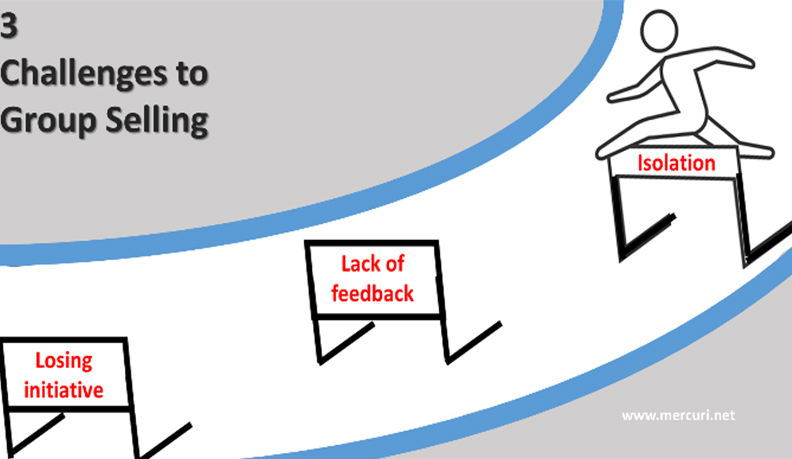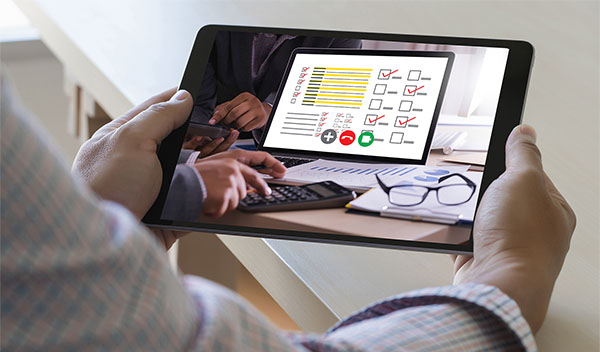Can you Solve the following three problems?
‘The idea of group meeting may be quite interesting,’ admits an experienced salesperson – ‘but my case is different. My Customers are Heads of purchase from big industrial companies. Just trying to contact other people in the company annoys them. As far as possible I would rather talk to one person at a time which is much easier than meeting all of them in a group.’ He is right in some respects and wrong in some. Can you make it out?
Martin was successful in persuading Manufacturing Head to allow him to meet two machine operators for trials with the new tooling he is selling to the company. The company is the regular buyer of his line of tooling and he knows the purchase, stores and finance people as also the senior managers from shop floor very well. Usually resistance to a new idea of tooling comes from machine operators as per his experience.
He could convince the two machine operators about the advantages of this new tooling. The Head of Purchase had taken a benevolent neutral position during these shop floor trials and decided to have a meeting to take a decision on the new tooling. He invited the two machine operators under information to the Head Manufacturing, and also called the lead engineers of Quality Control and Industrial Engineering and also the Management Accountant for this meeting.
Martin had impressed upon the machine operators their support role and they had promised to express a favourable opinion. But to his surprise, at the meeting they were extremely reserved, almost afraid to speak up and of no help. Can you explain why?
Peter is Technical Manager of a chemical company and is very senior in hierarchy. He is accompanying the salesperson Stefan on a joint visit to the Customer. Present from Customer’s side are: Head Commercial and his assistant; Head Technical and his two assistants. Peter and Stefan are at the head of table.
‘How about a little break?’ suggests Peter. Everyone welcomes it. During the break, Peter meets the two technical assistants and gently guides them to Stefan. He starts a general conversation and excuses himself to discuss about an upcoming association seminar with the Head Technical.
When the meeting is resumed, Peter takes a seat between Head Technical and his two assistants and leaves Stefan alone at the head of table. What is Peter trying to do? If you were in Stefan’s position, what would you do now?













